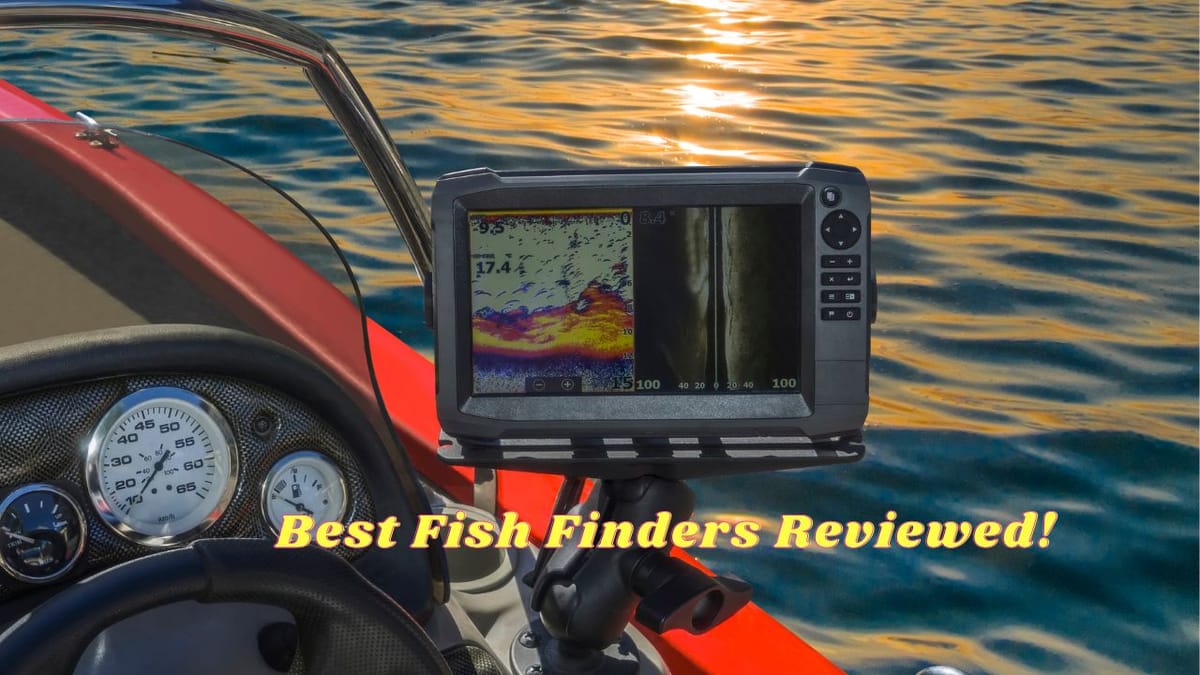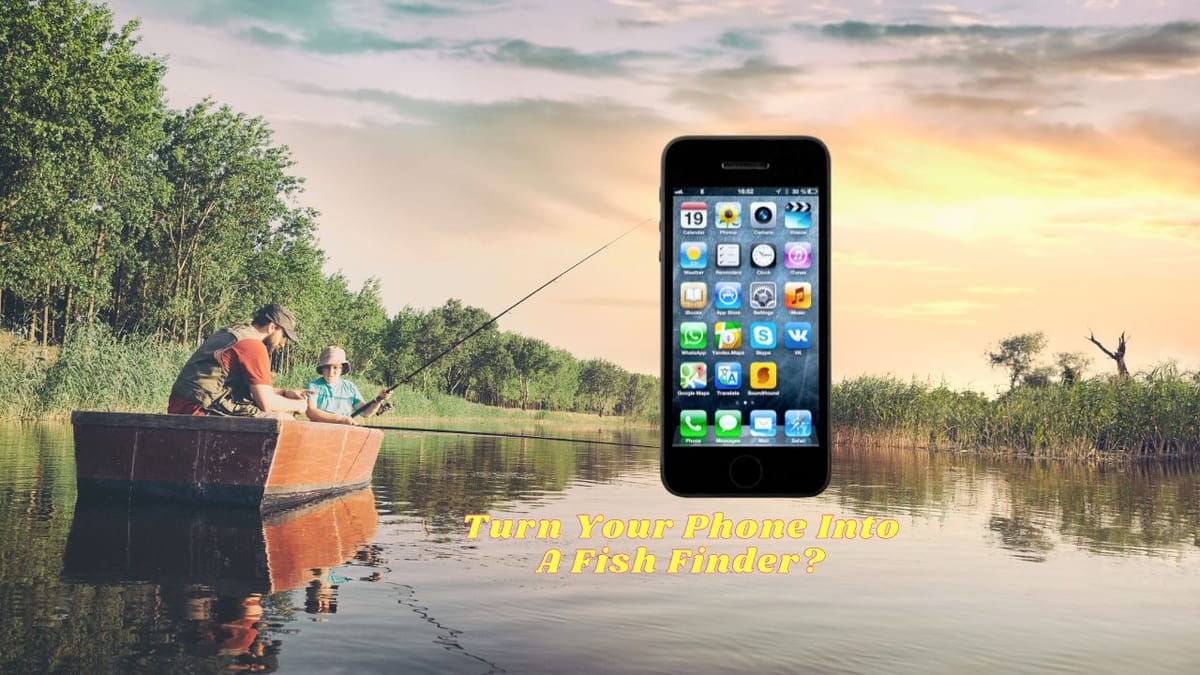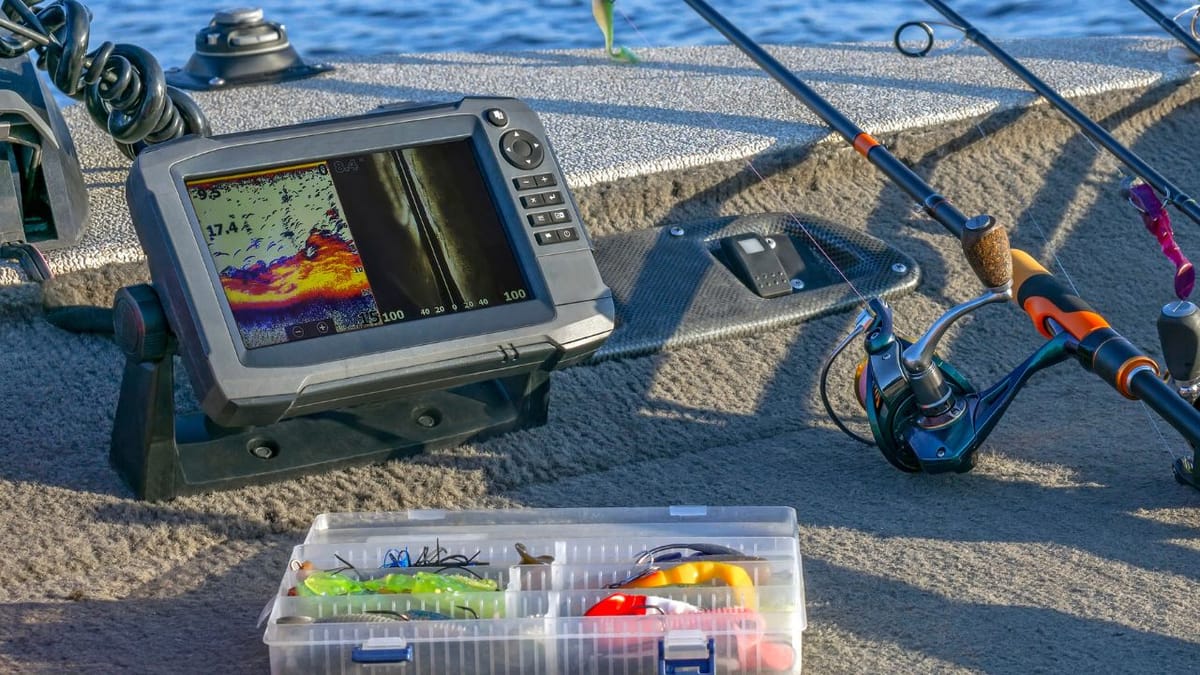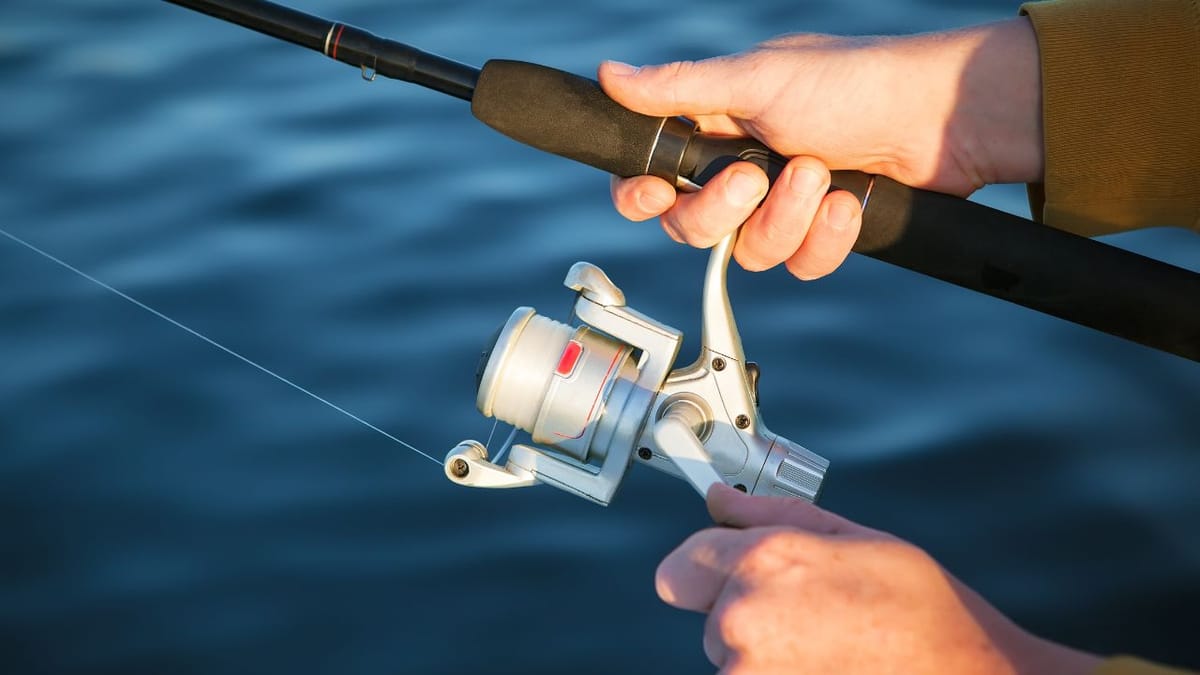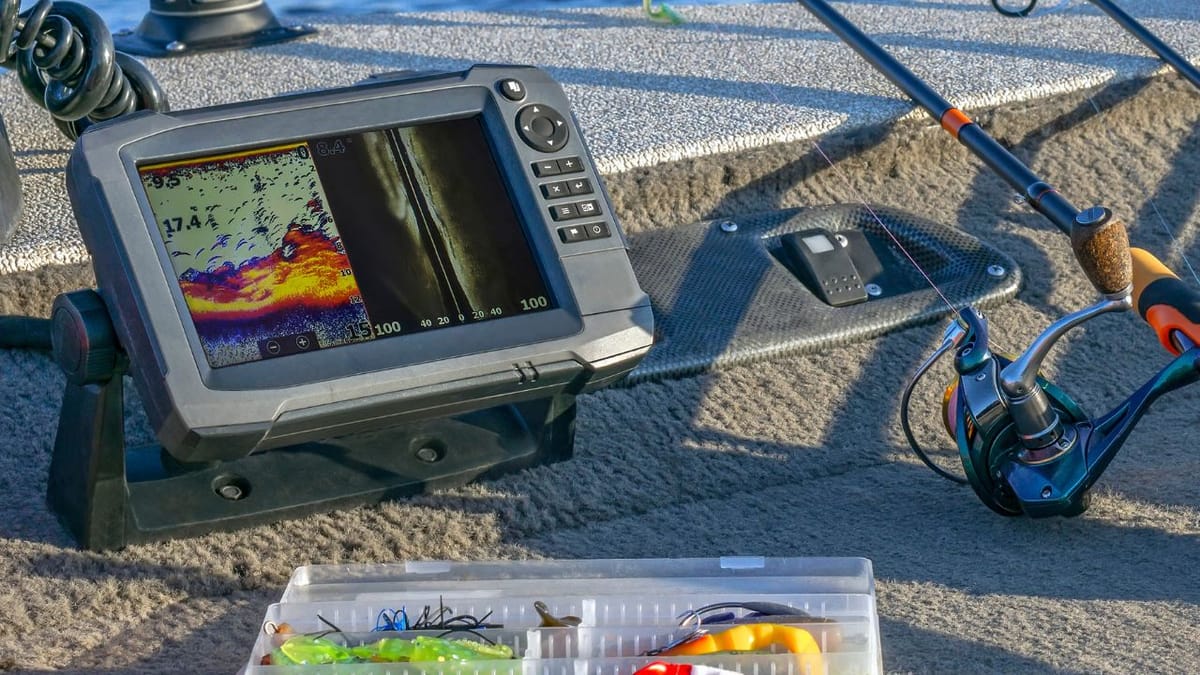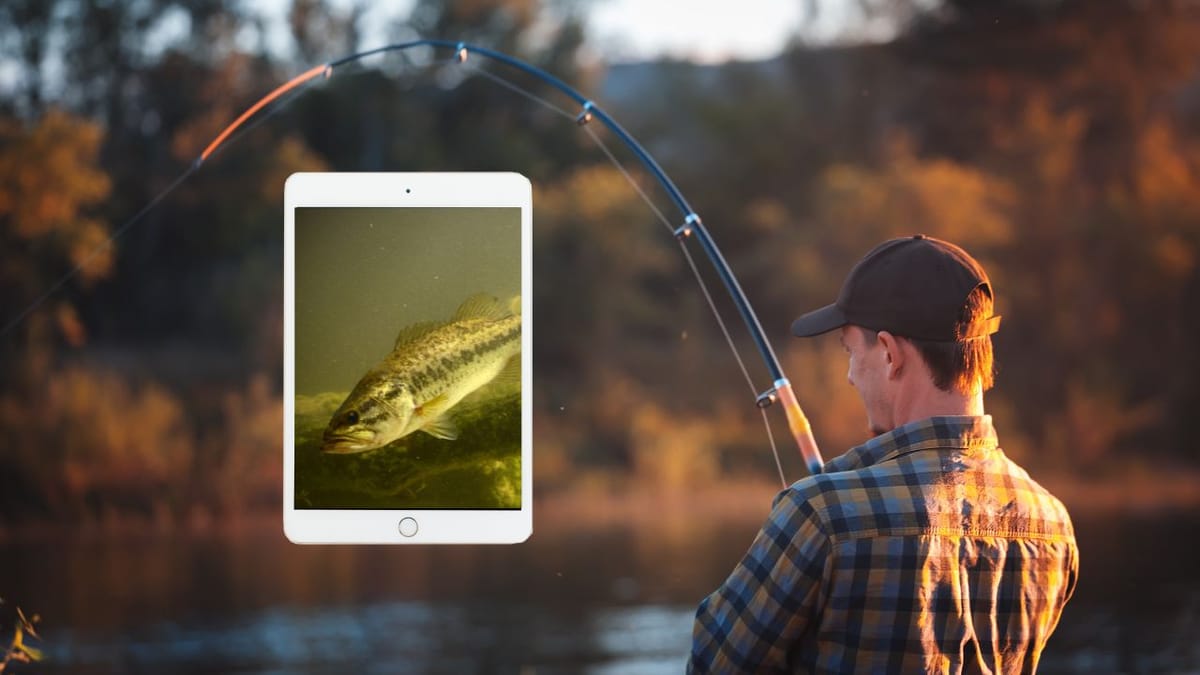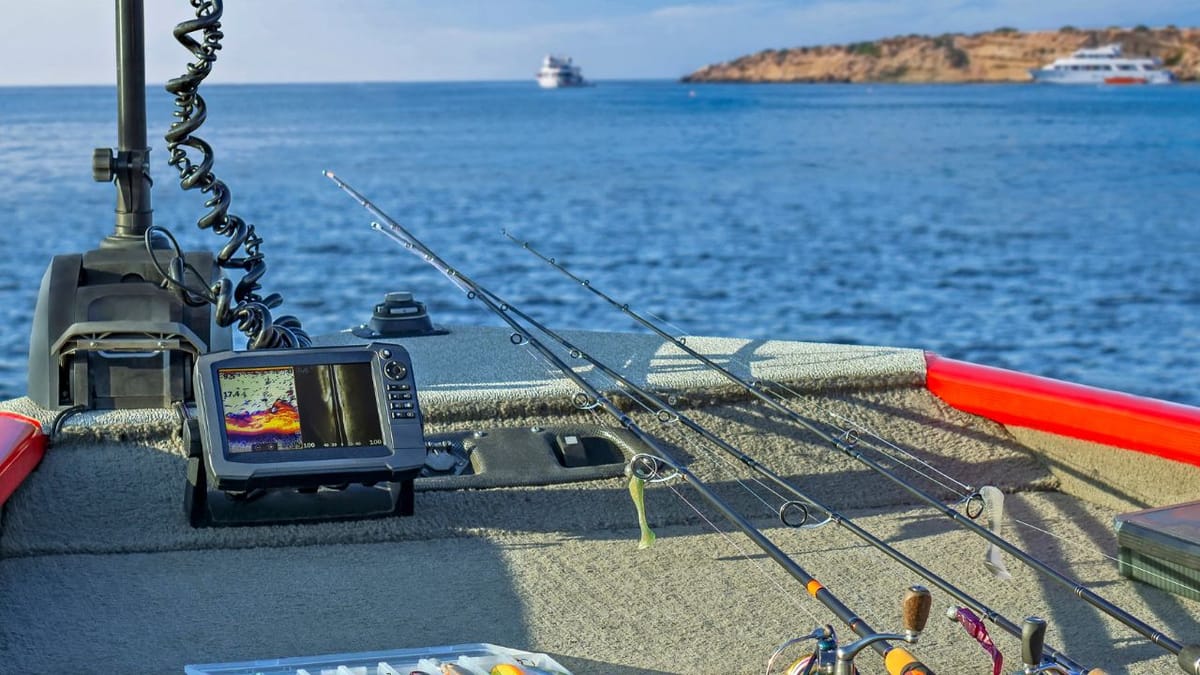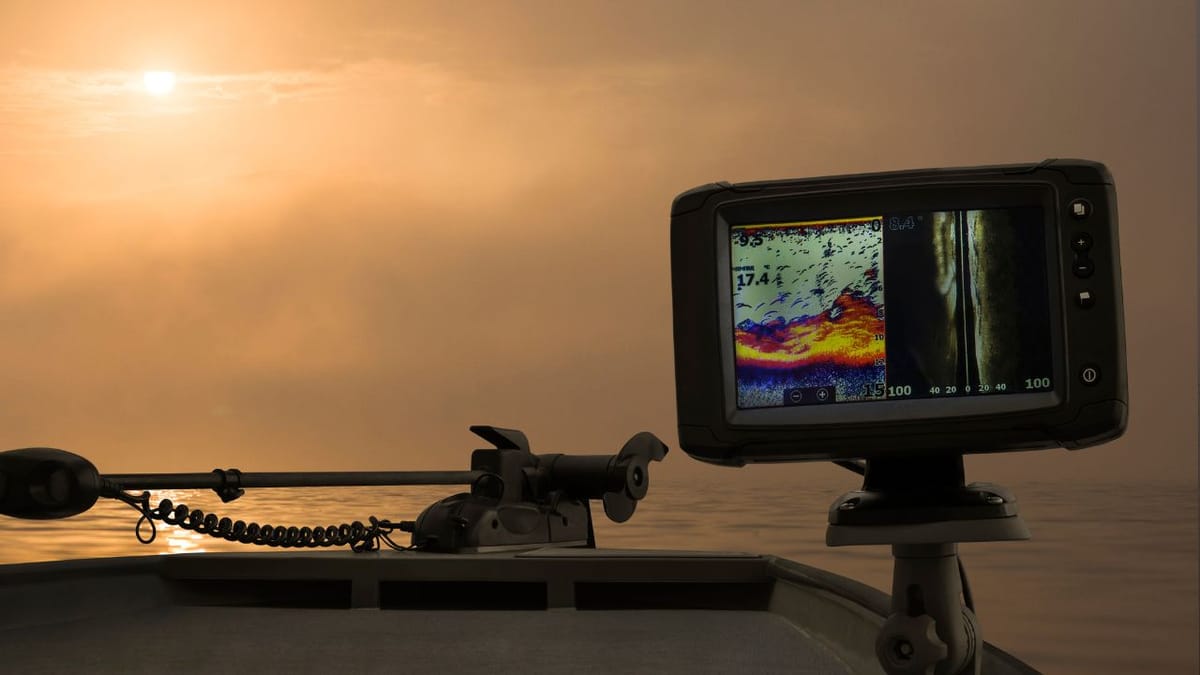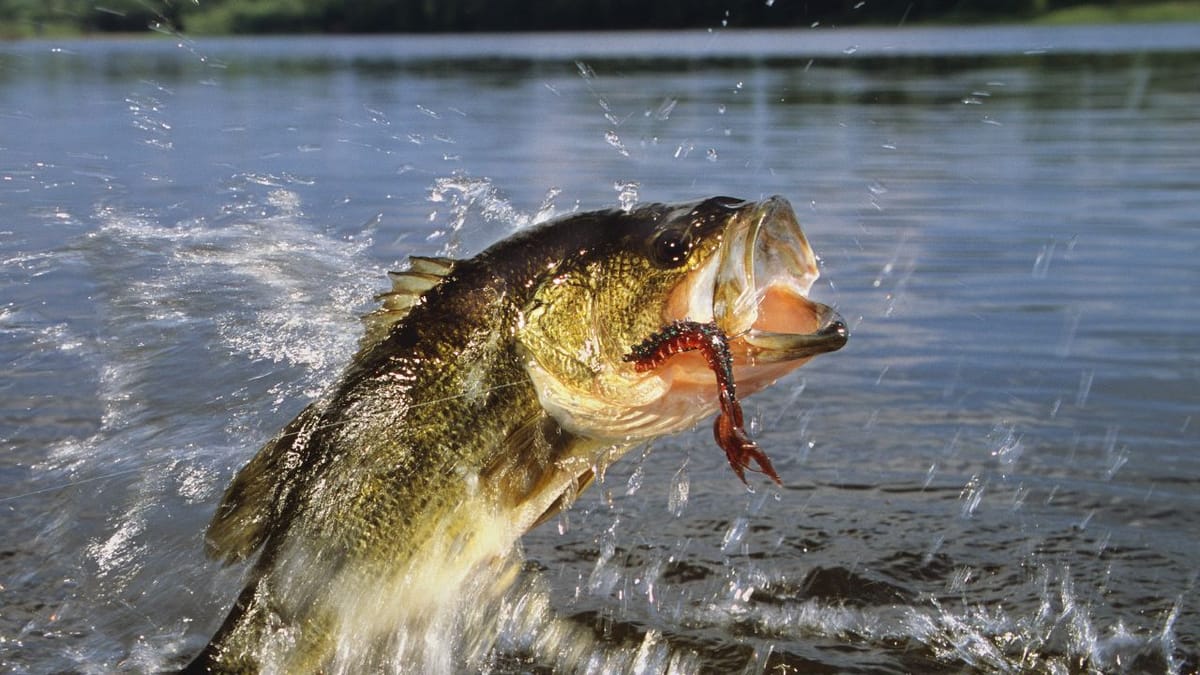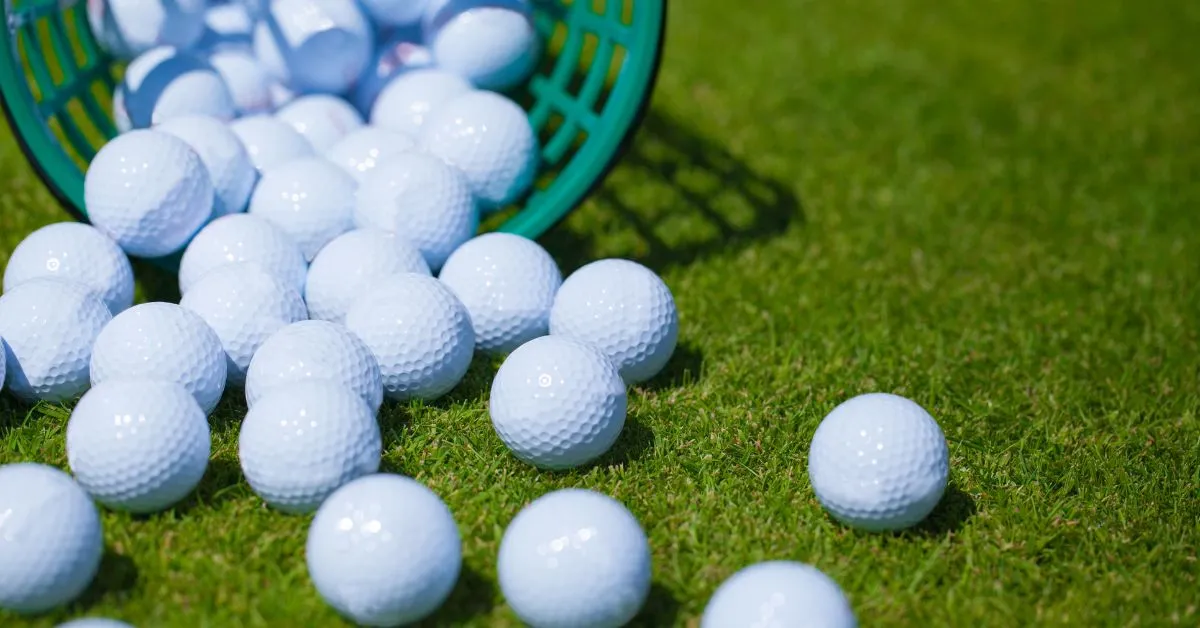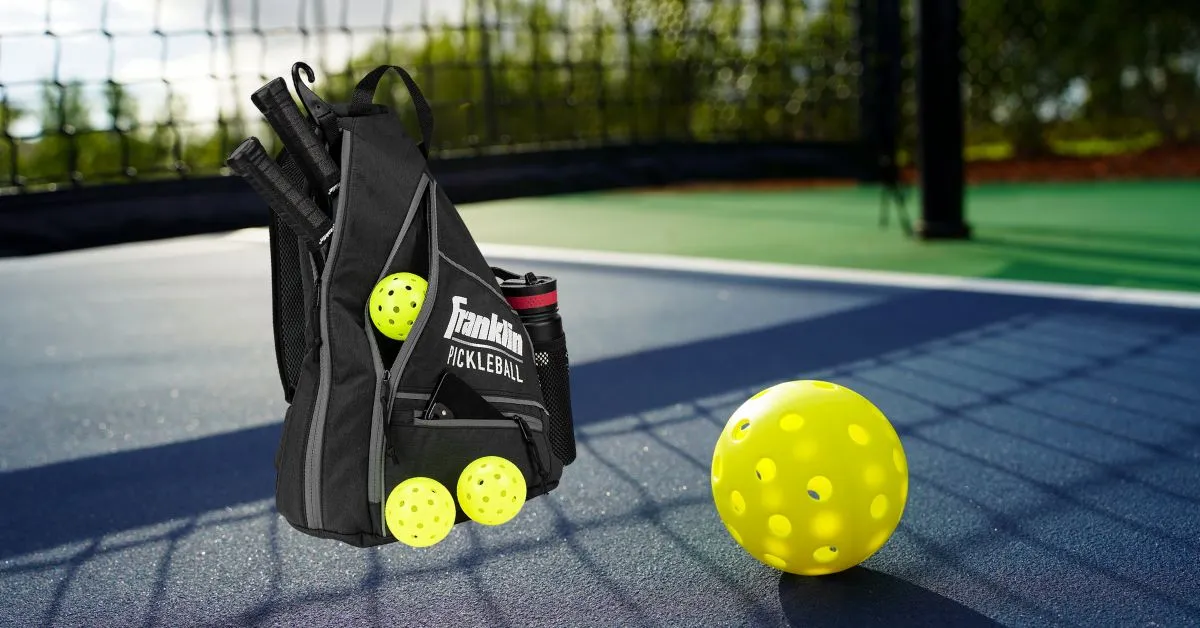Table of Contents
Fishing has been transformed by technology, and one of the most exciting advancements is the fish finder that connects to your iPhone. This innovation brings the power of sonar right to the palm of your hand, making it easier than ever to locate fish and enhance your angling experience. In this comprehensive guide, we'll dive into everything you need to know about these high-tech devices.
Key Takeaways:
- Understand how iPhone-connected fish finders work and their benefits.
- Discover the top portable fish finder models available in the market and their features.
- Learn how to set up and use these devices to improve your fishing trips.
With detailed and rigorous research, we provide our readers with the finest recommendations. Our recommendations are our opinions. Our cause is backed by reader support- for every click made through one of our affiliates links, a commission may be earned at no extra expense to you! As an Amazon Associate, Reviewsopedia may earn a commission from qualifying purchases. Thank you and enjoy!
The Basics of iPhone-Connected Fish Finders
The concept of a fish finder that connects to your iPhone might sound like something out of a sci-fi movie, but it's a reality for modern anglers. These devices use sonar technology to send sound waves into the water, which bounce off objects and return to the sensor. The data is then transmitted to your iPhone, providing a visual representation of what's beneath the surface.
The convenience of having this technology on your iPhone cannot be overstated. It means you can have a powerful fish finder in your pocket at all times, ready to be deployed whenever you're near the water. This portability is a game-changer for casual and serious anglers alike.
Top Fish Finder Models for iPhone Connectivity
When it comes to choosing a fish finder that connects to your iPhone, there are several top contenders. Brands like Deeper, iBobber, and Lowrance have developed models that are not only portable but also packed with features like GPS mapping, fish alarms, and detailed sonar readings.
Each model has its unique selling points. For instance, the Deeper Smart Sonar is known for its castable design and high-quality scans, while the iBobber is celebrated for its simplicity and user-friendly interface. It's important to compare these models to find the one that best suits your fishing style and needs.
Setting Up Your iPhone Fish Finder
Setting up your iPhone-connected fish finder is typically a straightforward process. First, you'll need to charge the device, download the corresponding app, and ensure your iPhone's Bluetooth is turned on. Once the device is paired with your phone, you're ready to cast it into the water and start scanning.
Most apps offer a tutorial or guide to help you interpret the sonar readings. It's crucial to familiarize yourself with the interface and the various features available to get the most out of your fish finder. With a little practice, you'll be reading sonar like a pro.
The Science Behind Sonar Technology
Sonar technology is the backbone of any fish finder. It works by emitting sound waves that travel through the water until they hit an object. These waves then bounce back to the sensor, which calculates the distance based on the time it took for the echo to return.
This technology not only detects fish but can also provide information about the water depth, temperature, and bottom contour. When connected to your iPhone, the sonar data is displayed in an easy-to-read format, allowing you to make informed decisions about where to cast your line.
Enhancing Your Fishing Experience
An iPhone-connected fish finder does more than just locate fish; it enhances your entire fishing experience. With features like GPS tracking, you can mark your favorite fishing spots and easily return to them. Some models even allow you to log catches, noting the species, size, and the lure used, creating a valuable database of your fishing history.
Moreover, the social aspect of these apps can connect you with a community of anglers. You can share your catches, exchange tips, and even compete in fishing challenges. It's a fun way to engage with others who share your passion for fishing.
The Benefits of Portability and Ease of Use
One of the biggest advantages of an iPhone-connected fish finder is its portability. Traditional fish finders are often bulky and require a permanent installation on a boat. In contrast, iPhone-compatible models are small, lightweight, and can be used from the shore, a dock, or a kayak.
The ease of use is another significant benefit. With intuitive apps designed for the everyday user, you don't need to be a tech expert to operate these devices. The simplicity of the interface means you can spend more time fishing and less time fiddling with settings.
Compatibility and Requirements
Before purchasing an iPhone-connected fish finder, it's essential to check the compatibility with your device. Most fish finders are compatible with a range of iPhone models, but it's always best to confirm that your phone meets the necessary requirements.
Additionally, consider the operating system and version of your iPhone. Some fish finder apps may require the latest iOS version to function correctly. Ensuring your phone is up to date will help you avoid any connectivity issues.
Advanced Features and Capabilities
As technology advances, so do the features available on iPhone-connected fish finders. Some models now offer advanced capabilities like 3D mapping, which provides a detailed view of the underwater environment. Others include fish size indicators, depth alarms, and ice fishing modes, making them versatile tools for various fishing conditions.
These advanced features can give you a significant edge, especially in competitive fishing scenarios. By understanding the underwater terrain and fish behavior, you can tailor your strategy to increase your chances of a successful catch.

Choosing the Right Model for Your Fishing Style
With the variety of fish finders on the market, it's important to choose a model that aligns with your fishing style. If you're a shore fisherman, look for a castable design with a strong Bluetooth range. For boat anglers, a model with detailed mapping and waypoint marking might be more beneficial.
Consider the type of fishing you do most often and the features that will enhance that experience. Whether you're into freshwater, saltwater, or ice fishing, there's an iPhone-connected fish finder designed to meet your needs.
Cost-Effectiveness and Value
When evaluating the cost of an iPhone-connected fish finder, consider the value it brings to your fishing trips. While some models may seem pricey, the features and convenience they offer can be well worth the investment. Additionally, these devices often come with free app updates, ensuring your fish finder stays current with the latest technology.
Compare the cost of traditional fish finders with the portable, iPhone-compatible options. You might find that the latter offers a more cost-effective solution without sacrificing functionality.
Summary
The fish finder that connects to your iPhone is a revolutionary tool that brings advanced sonar technology to your fingertips. With the convenience of portability, ease of use, and a range of features, these devices can significantly enhance your fishing experience. Whether you're a novice or a seasoned angler, there's an iPhone-connected fish finder out there that can help you make the most of your time on the water.
FAQ Section
Do I need a boat to use an iPhone-connected fish finder?
No, you don't need a boat. Many iPhone-connected fish finders are designed for versatility and can be used from the shore, a dock, or a kayak.
Can I use my iPhone-connected fish finder in both freshwater and saltwater?
Yes, most models are suitable for use in both freshwater and saltwater environments. However, always check the specifications of your chosen model to ensure it's designed for the type of water you'll be fishing in.
How accurate are iPhone-connected fish finders?
iPhone-connected fish finders are quite accurate, thanks to advanced sonar technology. They can provide detailed information about fish location, water depth, and bottom contour. However, like all sonar devices, their accuracy can be affected by factors such as water conditions and interference.
Other Related Articles
